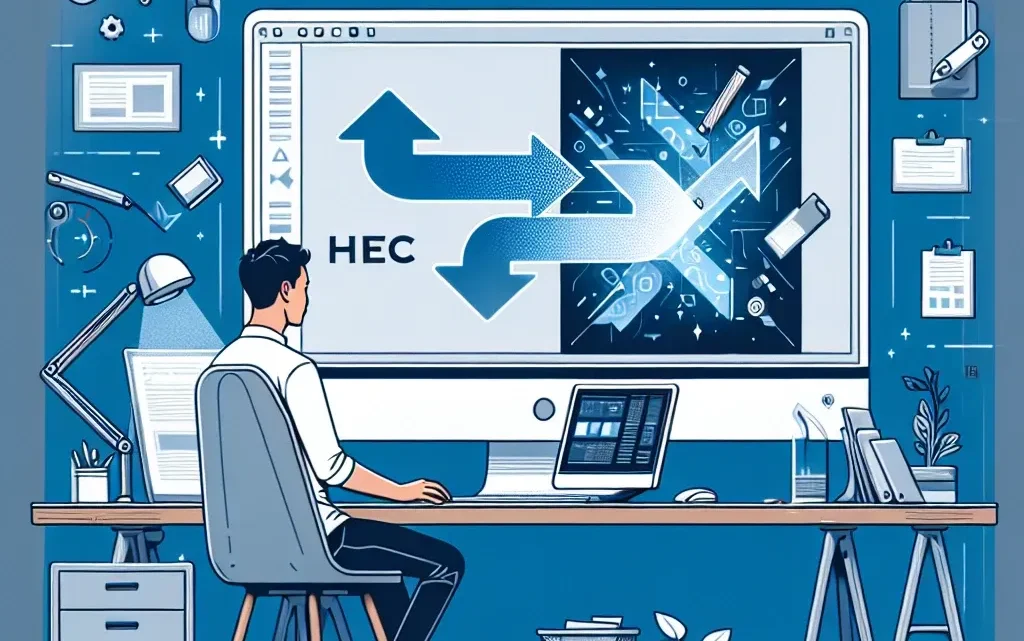Switching from heic file to jpg is often necessary for broader compatibility. This echoes the wider challenge of managing different image formats, a common hurdle for both professionals and casual users. Navigating this digital landscape requires understanding the nuances of each format and utilizing the right tools for conversion.
Understanding the HEIC Format
HEIC, standing for High Efficiency Image Format, is a relatively new image format introduced by Apple. It offers superior compression compared to older formats like JPG, allowing for smaller file sizes without significant quality loss. This makes it ideal for saving storage space on devices, especially beneficial for users who capture a lot of photos and videos.
Why Convert HEIC to JPG?
Despite its advantages, HEIC’s limited compatibility can be a significant drawback. Many devices and software applications, particularly those running older operating systems, don’t natively support HEIC. This incompatibility can lead to frustration when sharing images or trying to open them on different platforms.
Exploring Conversion Methods
Several methods exist for converting HEIC files to the more widely accepted JPG format. Online converters provide a quick and easy solution, often requiring just a simple upload and download process. Offline software offers more control and batch processing capabilities. Choosing the right method depends on individual needs and preferences.
HEIC2JPG.CC: A Deep Dive
HEIC2JPG.CC stands out as a user-friendly online converter specifically designed for transforming HEIC files into JPGs. Its streamlined interface allows for drag-and-drop functionality or direct file uploads. The platform prioritizes speed and efficiency, delivering quick conversions without compromising image quality. Furthermore, HEIC2JPG.CC respects user privacy by automatically deleting uploaded files after a short period.
Key Features and Benefits
- User-Friendly Interface: The platform’s intuitive design makes it accessible to users of all technical levels.
- Fast Conversion Speed: HEIC2JPG.CC leverages efficient algorithms to ensure rapid conversions.
- High-Quality Output: The conversion process maintains image quality, preserving details and colors.
- Privacy Focused: Uploaded files are automatically deleted, protecting user privacy.
- No Software Installation: Being a web-based tool, it eliminates the need for downloads or installations.
How to Use HEIC2JPG.CC
- Visit the HEIC2JPG.CC website.
- Drag and drop your HEIC files or click to upload.
- The conversion process will start automatically.
- Download the converted JPG files.
Managing Images in the Digital Age
In today’s digital world, efficient image management is crucial. Dealing with various file formats is a common challenge, and tools like HEIC2JPG.CC simplify this process. By converting HEIC files to the universally recognized JPG format, users can ensure seamless compatibility across devices and platforms. This interoperability streamlines workflows and facilitates easy sharing of images.
Choosing the Right Conversion Tool
Selecting the right HEIC to JPG converter depends on specific requirements. For quick, occasional conversions, online tools like HEIC2JPG.CC offer convenience. For frequent conversions or batch processing, dedicated software might be more suitable. Ultimately, the ideal tool balances ease of use, speed, and output quality. Understanding these factors empowers users to make informed decisions that optimize their image management workflow.
Beyond Conversion: Image Optimization
While converting HEIC to JPG addresses compatibility issues, optimizing images for web use adds another layer of efficiency. Reducing file sizes without compromising quality improves website loading speed and enhances user experience (Google Developers on Image Optimization). This optimization process involves balancing image dimensions, compression levels, and file formats to achieve the best results.
The Future of Image Formats
The landscape of image formats is constantly evolving. New formats emerge, offering improved compression and features. Staying informed about these developments and adapting workflows accordingly is essential for maintaining efficient image management practices. This proactive approach ensures that users can leverage the latest advancements in image technology (JPEG Standard).


